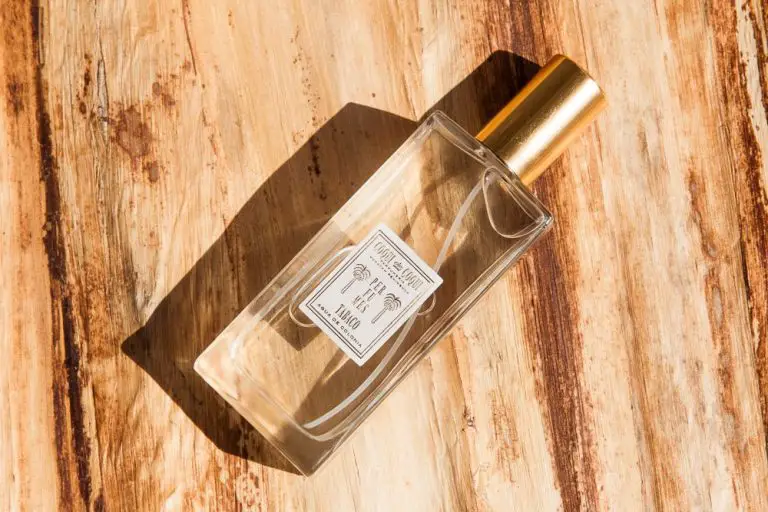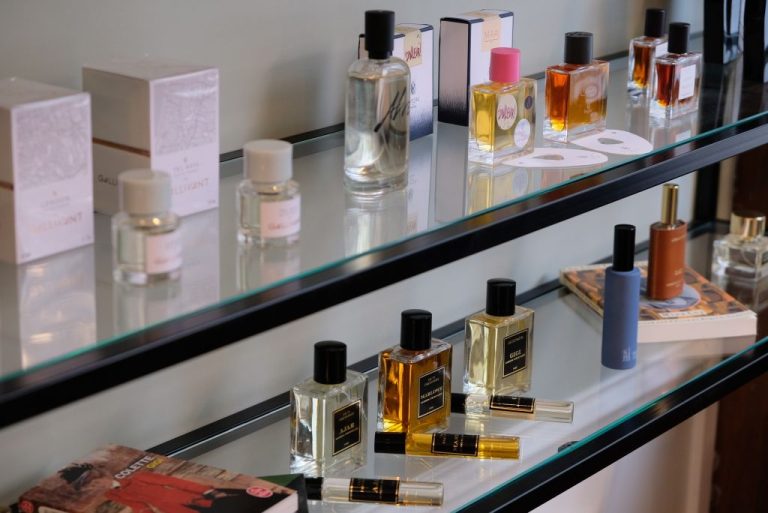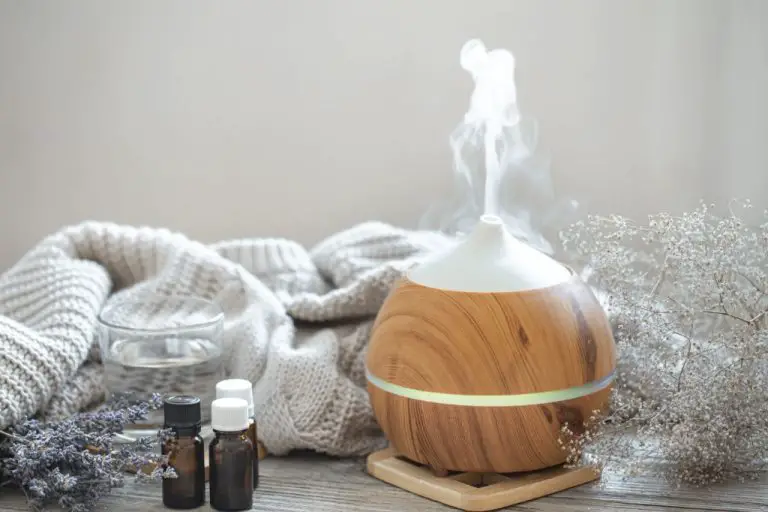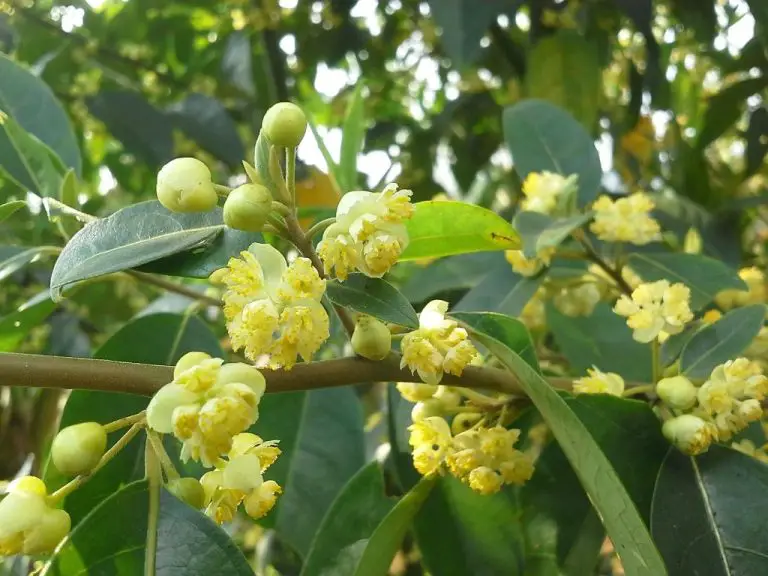Is Essential Oil Same As Aroma Oil?
Defining Essential Oils
Essential oils are concentrated oils extracted from plants, flowers, seeds, roots, and other parts of plants through distillation or mechanical methods like cold pressing. The oils contain the true essence and aroma compounds of the plant source. According to Wikipedia, “An essential oil is a concentrated hydrophobic liquid containing volatile chemical compounds from plants.”
Essential oils have been used for centuries across cultures for their natural fragrance and therapeutic benefits. The compounds that give plants their characteristic scents and flavors are concentrated into the essential oils. Essential oils are highly concentrated, so only a small amount is needed to provide aromatic or topical benefits.
According to the National Institute of Environmental Health Sciences (NIEHS), “Essential oils are concentrated plant extracts that retain the natural smell and flavor of their source.” The oils capture the biologically active volatile compounds of plants, giving each oil its unique characteristics and uses.
Defining Aroma Oils
Aroma oils, also known as fragrance oils, are manufactured scent oils that are used for their fragrance. They are artificially created fragrances and may contain synthetic ingredients. Aroma oils are commonly used to scent products like perfumes, cosmetics, soaps, candles, and cleaning products.[1]
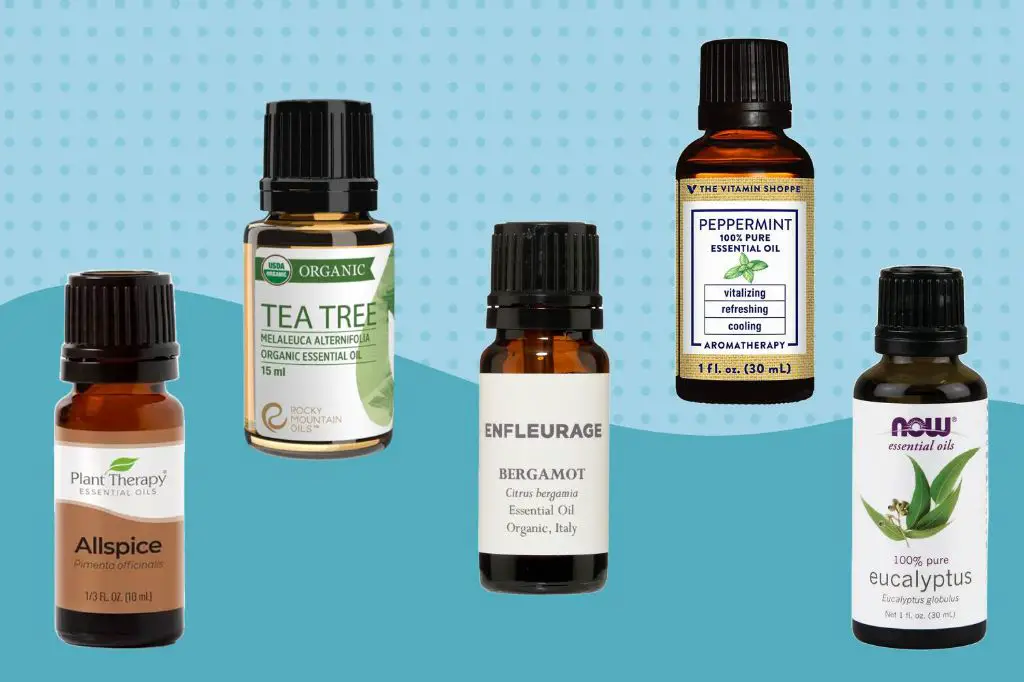
Unlike essential oils, aroma oils do not necessarily contain natural plant extracts or essences. They are blended from chemical isolates to recreate certain smells and fragrances. This allows aroma oils to have consistent scents and makes them more affordable to produce than essential oils. However, it also means they do not provide the potential therapeutic benefits that some essential oils may offer.[2]
In summary, aroma oils refers to synthetic, manufactured fragrance oils used for scenting. They are different from essential oils which are extracted from plants and may have natural health properties beyond just fragrance.
Key Differences
One of the most notable differences between essential oils and aroma oils is in how they are sourced. As explained by Puro Sentido, “essential oils are derived from the leaves, stems, flowers, bark, roots or other elements of plants” through methods like distillation or cold pressing.[1] They contain the true essence and aroma of the plant. Aroma oils, on the other hand, are synthetic reproductions of those natural plant fragrances. Scent Australia notes that aroma oils “are manufactured scents” often containing “artificial substances and chemicals.”[2]
The composition of essential oils and aroma oils also differs significantly. Essential oils contain the naturally occurring compounds found in plants, including terpenes, esters, aldehydes, ketones, and more. Aroma oils may contain some natural ingredients, but frequently include synthetic fragrance chemicals as well. As Atmo Care explains, this allows aroma oils to mimic natural scents while costing much less to produce.[3]
These compositional differences also affect the benefits of essential oils versus aroma oils. Essential oils have documented therapeutic properties related to their complex chemical makeup. Aroma oils, on the other hand, only provide fragrance and do not offer the same potential health benefits as essential oils.[3]
Uses
Essential oils have many uses, but are most commonly used in aromatherapy, natural medicine, and cosmetics. They contain the true essence of the plant they are derived from and have therapeutic benefits when inhaled or applied topically. Essential oils are highly concentrated and need to be diluted before use on the skin.
Some common uses of essential oils include:
- Aromatherapy and inhalation – Eucalyptus essential oil used in steam inhalation for congestion.
- Massage – Lavender essential oil used for relaxation and stress relief.
- Skin care – Tea tree essential oil used for its antimicrobial properties.
- Household cleaning – Lemon essential oil as a non-toxic cleaner.
Aroma oils, on the other hand, are synthetically created and used mainly for scenting products. They contain artificial fragrances and do not offer the therapeutic benefits of essential oils. Aroma oils are commonly used in:
- Perfumes
- Candles
- Air fresheners
- Cleaning products
- Scented oils
While aroma oils create pleasant scents, essential oils have a wider range of uses due to their natural therapeutic compounds.
Safety
When using essential oils, proper dilution is crucial for safety. Many essential oils can cause skin irritation or allergic reactions if applied directly to the skin, especially for sensitive individuals. As noted by Healthline, “Essential oils that are perfectly safe when used topically or in aromatherapy may be toxic when ingested. Certain oils, like wintergreen, can be deadly.”
It’s important to follow dosage guidelines and dilute essential oils properly before use. Healthline recommends diluting oils with a carrier oil like coconut or jojoba oil before applying to the skin. Using too much undiluted essential oil, inhaling diffused oils excessively, or ingesting oils can also be unsafe. WebMD cautions to “Never swallow essential oils or apply undiluted oils to the skin.”
In contrast, aroma oils designed for aromatherapy are already pre-diluted and generally safe for direct skin contact without further dilution. As AromaWeb explains, “aroma oils are much safer than essential oils for anyone new to aromatherapy,” as they can typically be applied directly to the skin with minimal risks of irritation. However, it’s still wise to do a patch test before wide-scale use.
Quality
Essential oils are categorized by purity grades based on rigorous lab testing. Therapeutic grade essential oils, like those designated as GRAS status by the FDA, contain no fillers and are considered safe for human consumption. They are extracted mechanically from plants with no heat or chemicals. The country of plant origin and extraction methods also determine essential oil quality. High quality essential oils use steam distillation and cold pressing from plants grown organically in their ideal natural habit. Low quality essential oils may use chemical solvents and can contain synthetics or diluted with carrier oils.
Aroma oils vary immensely in quality and purity of ingredients. Some are synthetic fragrance oils with no therapeutic benefits while others use essential oils and absolutes in a carrier oil base. When buying aroma oils, check for the percentage and types of essential oils used. High quality aroma oils list all ingredients clearly. Essential oils, absolutes, and CO2 extracts require more plant material so quality aroma oils with a high percentage of these are more costly.
Sources:
https://www.takingcharge.csh.umn.edu/how-do-i-determine-quality-essential-oils
https://aromashield.com/pages/essential-oil-quality-grades
Cost
Essential oils are generally more expensive than aroma oils due to the natural ingredients and production process involved. Essential oils are extracted and distilled from plants through careful processes that aim to preserve the “essence” of the plant. This requires a substantial amount of plant material, expertise, and care to produce a relatively small amount of oil. The scarcity and labor involved makes essential oils costlier to produce.
Aroma oils, on the other hand, are synthetically created in labs to mimic natural scents. They can be made in high volumes at lower costs compared to extracting oils from real plants. Aroma oils contain chemical fragrances and lack the natural compounds found in essential oils. Their lower price point comes from being cheaper and easier to manufacture than real plant oils.
For example, rose essential oil is very expensive since it takes thousands of rose petals to produce one ounce of oil. Synthetic rose aroma oils can replicate the scent for a fraction of the cost. However, they lack the natural therapeutic compounds of real rose essential oil.
When choosing between the two, essential oils are generally considered higher quality and more potent, while aroma oils provide budget-friendly synthetic alternatives.
Origins
Essential oils have been used for centuries in traditional medicine and rituals around the world. The first recorded use of aromatic oils dates back to 2697-2597 B.C.E in ancient China during the reign of Huang Ti, the legendary Yellow Emperor. Ancient Egyptians were using essential oils as early as 4500 B.C. in cosmetics and ointments [1].
In contrast, aroma oils are a more modern, synthetic invention used for their fragrance. The mass production of aroma oils did not begin until the late 19th century. Unlike essential oils which are extracted from plants, aroma oils are artificially created in labs to mimic natural scents. While aroma oils may contain some natural essences, they generally contain synthetic fragrance compounds.
Regulations
Essential oils are loosely regulated by the FDA under the cosmetics provisions in the Fair Packaging and Labeling Act. Proper labeling of ingredients and intended use are required, but the quality and purity of oils are not monitored. Companies like doTerra and Young Living have received FDA warnings about making unsupported health claims about essential oils (FDA, 2022) .
Aroma oils generally have less oversight and regulations regarding ingredients and production methods. The products can contain synthetic fragrance chemicals and are not held to the same standards for testing as essential oils. This makes them cheaper to produce but raises safety concerns (ComplianceGate, 2022).
Summary
To recap the key differences, essential oils are pure plant extracts distilled through intensive processes from plants and plant parts like leaves, roots, flowers or bark. Aroma oils are synthetic fragrances designed to mimic certain aroma profiles and lack the same therapeutic benefits as pure essential oils. Although they share the fact that they are both valued for their aromatic properties, due to being highly concentrated, essential oils also provide therapeutic benefits when used properly. Essential oils are extracted directly from nature and have been in use for centuries. They require a specific distillation process to ensure purity and potency. Aroma oils emulate certain scents and are chemically manufactured. They lack the purity and health properties of true essential oils.


